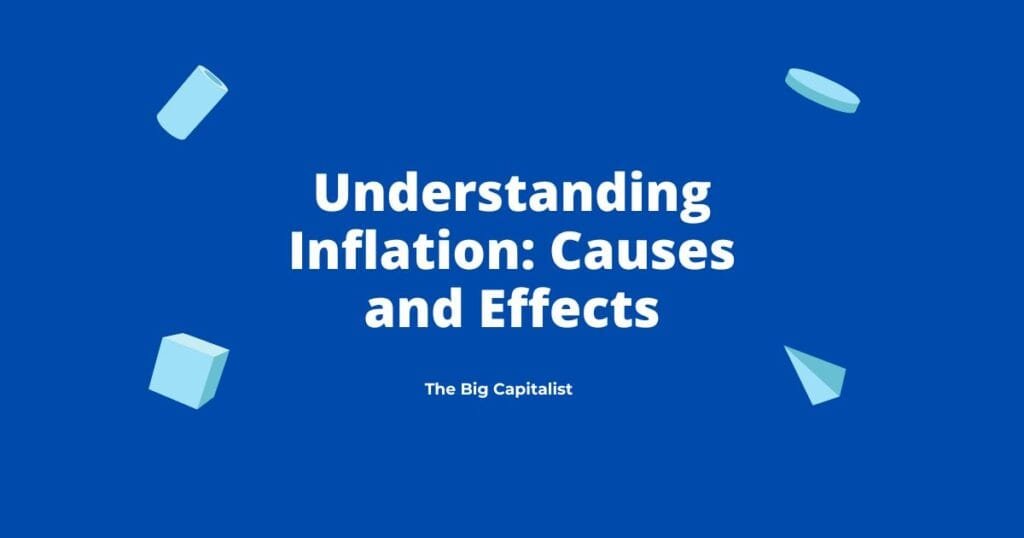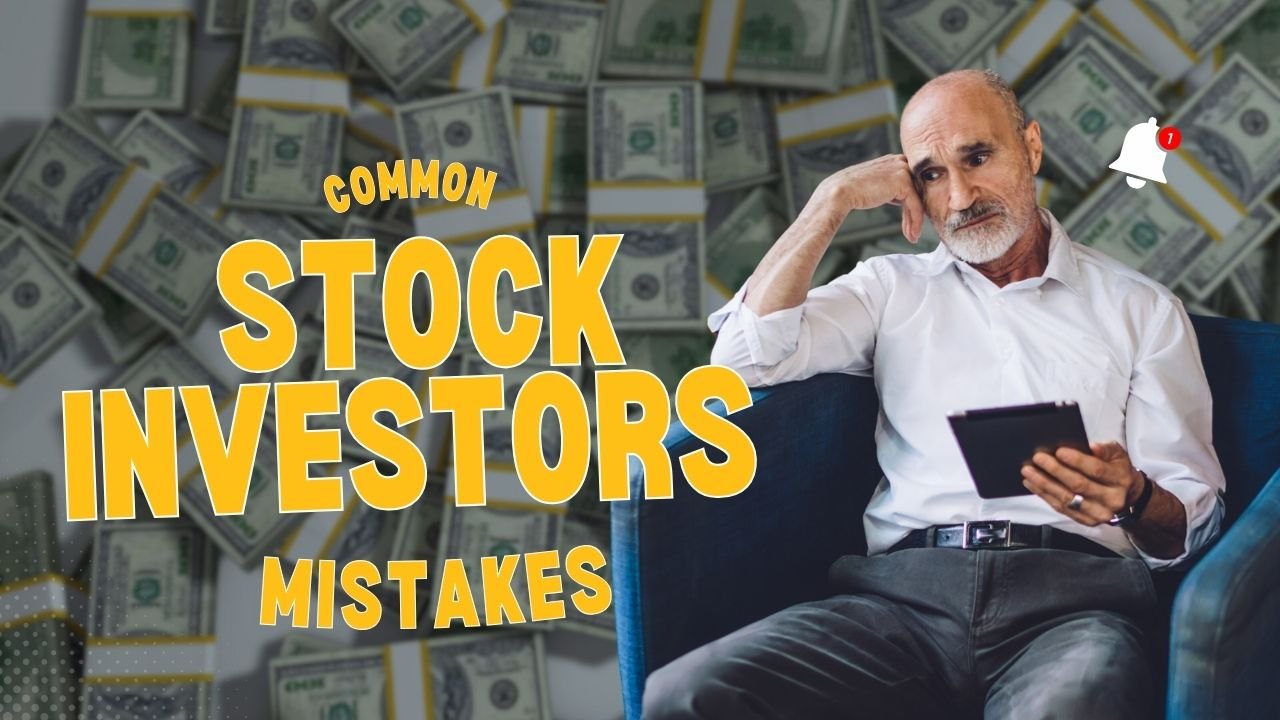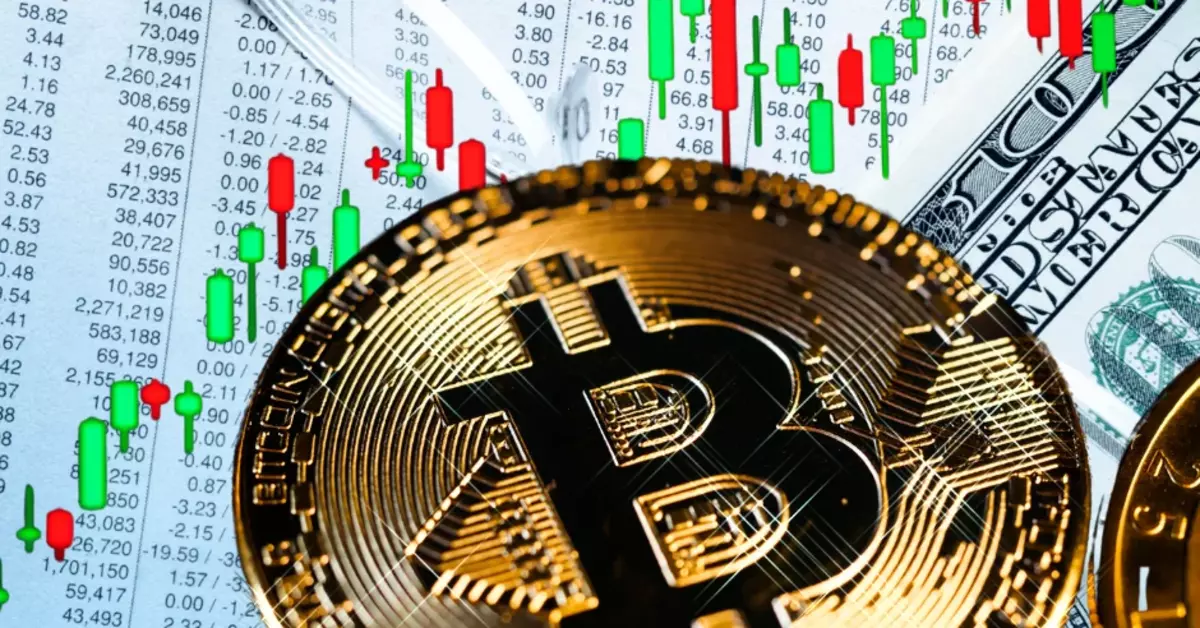Inflation is a term that frequently pops up in news headlines and financial discussions. But what exactly is inflation, and how does it affect us? In this article, we will explain the causes and effects of inflation clearly. This will help you understand this economic issue better.
What Is Inflation?
Inflation refers to the rate at which the general level of prices for goods and services rises, leading to a decrease in purchasing power. In simpler terms, when inflation occurs, your money buys less than it did before. This is why inflation is a critical factor for both consumers and policymakers.
Causes of Inflation
There are several factors that can lead to inflation. Let’s explore some of the primary causes:
Demand-Pull Inflation
Demand-pull inflation occurs when the demand for goods and services exceeds their supply. Imagine a scenario where everyone wants to buy the latest smartphone, but there are only a limited number available. As a result, prices increase because people are willing to pay more to get their hands on the product. This type of inflation is often seen in growing economies where consumer confidence is high.
Cost-Push Inflation
Cost-push inflation happens when the cost of production for goods and services increases, leading businesses to raise prices to maintain their profit margins. This can occur due to rising wages, increased prices for raw materials, or supply chain disruptions. For example, if oil prices go up, transportation and production costs for many goods will also increase. This can lead to inflation.
Built-In Inflation
Built-in inflation, or wage-price inflation, happens when workers ask for higher wages. Businesses then raise prices to cover these higher labor costs. This creates a cycle where rising wages and prices continuously feed off each other, leading to sustained inflation.
Monetary Policy
Central banks, such as the Federal Reserve in the United States, play a significant role in managing inflation through monetary policy. If a central bank prints too much money or keeps interest rates too low for an extended period, it can lead to an oversupply of money in the economy, which can contribute to inflation. Conversely, raising interest rates can help curb inflation by making borrowing more expensive and slowing down economic activity.
Effects of Inflation
Inflation has both positive and negative effects on the economy and individuals. Let’s take a closer look at some of these impacts:
Decreased Purchasing Power
One of the most noticeable effects of inflation is the reduction in purchasing power. As prices rise, the value of money decreases, meaning that consumers can buy less with the same amount of money. This can make it challenging for people on fixed incomes, such as retirees, to maintain their standard of living.
Impact on Savings
Inflation can erode the value of savings over time. If the interest rate on savings accounts is lower than the inflation rate, the real value of the money saved decreases. This can discourage people from saving and encourage spending or investing in assets that may offer higher returns, such as stocks or real estate.
Borrowers and Lenders
Inflation can benefit borrowers while negatively affecting lenders. When inflation goes up, the real value of money goes down. This helps borrowers pay off their debts. They can use money that is worth less than when they first borrowed it. On the other hand, lenders receive payments in money that have less purchasing power, which can reduce their returns.
Wage-Price Spiral
The wage-price spiral is a situation where rising wages lead to increased production costs, prompting businesses to raise prices. This, in turn, leads workers to demand higher wages to keep up with the rising cost of living. If not managed properly, this cycle can lead to sustained inflation and economic instability.
Economic Growth
Moderate inflation can be a sign of a healthy economy, as it often indicates growing demand and economic expansion. However, high inflation can have detrimental effects on economic growth by creating uncertainty and reducing consumer and business confidence.
Managing Inflation
Governments and central banks employ various strategies to manage inflation and maintain economic stability. Some of these strategies include:
Monetary Policy
Central banks use monetary policy to control inflation by adjusting interest rates and regulating the money supply. By raising interest rates, central banks can reduce borrowing and spending, which can help curb inflation. Conversely, lowering interest rates can stimulate economic activity and increase inflation if necessary.
Fiscal Policy
Fiscal policy involves government spending and taxation decisions. During periods of high inflation, governments may reduce spending or increase taxes to decrease demand and slow down the economy. Conversely, during periods of low inflation or deflation, governments may increase spending or cut taxes to stimulate demand and boost economic activity.
Supply-Side Policies
Supply-side policies aim to improve the efficiency and productivity of the economy, which can help keep inflation in check. These policies may include reducing regulations, investing in infrastructure, or providing incentives for innovation and competition.
Conclusion
Inflation is a complex economic phenomenon with far-reaching effects on individuals and the economy as a whole. Understanding its causes and consequences can help you make informed decisions about your finances and investments. By staying informed about inflation news, statistics, and rates, you can better navigate the ever-changing economic landscape.
In summary, while inflation can erode purchasing power and savings, it can also indicate a growing economy. By employing appropriate monetary, fiscal, and supply-side policies, governments and central banks can manage inflation and promote economic stability.
FAQ: Causes and Effects of Inflation
Q1: What are the primary causes and effects of inflation?
A: The main causes and effects of inflation include demand-pull (excess demand raising prices), cost-push (rising production costs), built-in (wage-price spiral), and monetary policy (money supply changes). Their effects range from decreased purchasing power and eroded savings to potential boosts in economic growth when moderate.
Q2: How do demand-pull and cost-push factors fit into the causes and effects of inflation?
A: Demand-pull and cost-push are two of the central causes and effects of inflation: demand-pull drives prices up when consumption outpaces supply, while cost-push forces firms to raise prices as input costs climb.
















